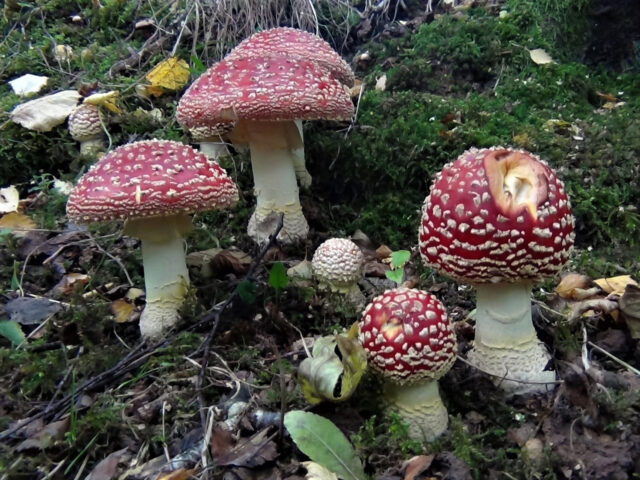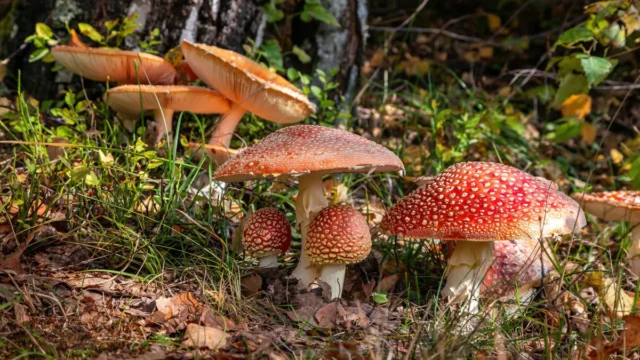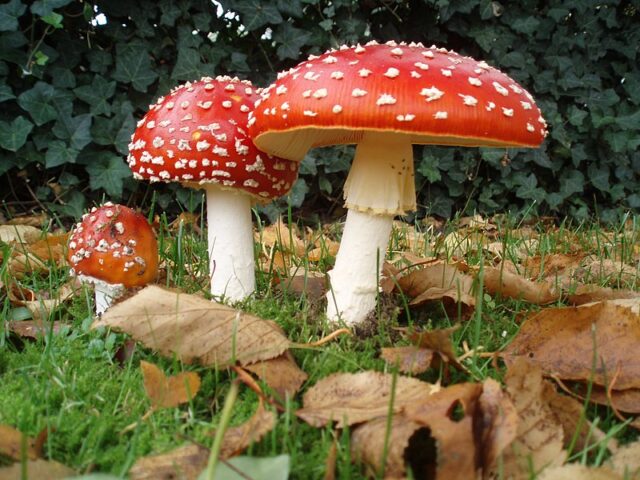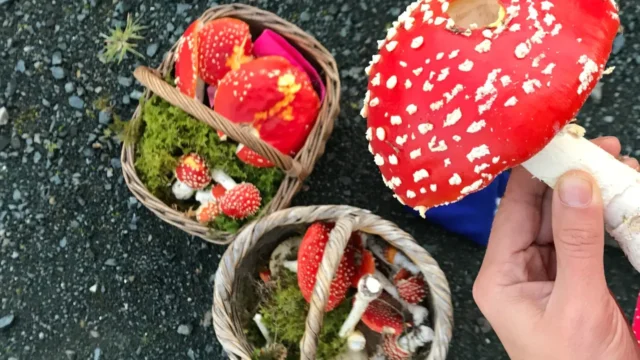
Foraging for mushrooms can be a rewarding experience, but it’s crucial to identify species accurately, especially when it comes to Amanita mushrooms. Known for their beauty and danger, Amanitas include both edible and highly toxic varieties. This guide focuses on key identification features to help foragers distinguish between safe and hazardous Amanita mushrooms.
Recognizing Amanita Mushrooms

General Characteristics
Amanita mushrooms are known for their distinctive features. They typically have a cap (pileus) and a stem (stipe), with a skirt-like ring (annulus) around the stem. The cap can be of various colors but often has white warts or patches. These mushrooms usually have white gills underneath the cap, which do not attach to the stem. For a more comprehensive visual guide and additional resources on mushrooms, it can be helpful to visit amanita-cz-pl-lt-uk-usa.com.
The Importance of the Volva
One crucial identifying feature of Amanita mushrooms is the volva, a cup-like structure at the base of the stem. This feature is a remnant of the mushroom’s immature stage and is crucial in distinguishing between Amanita species. Some Amanitas, like the deadly Amanita phalloides (Death Cap), have a prominent, sack-like volva, while others may have a more subtle or fragmented volva.
Cap Color and Patterns
The color and pattern of the cap are significant in identifying species. For example, the Amanita muscaria, commonly known as the Fly Agaric, is famous for its bright red cap with white warts. In contrast, the Amanita caesarea, an edible species, features a bright orange or yellow cap. Observing these characteristics closely can aid in accurate identification.
Distinguishing Edible from Toxic Amanitas

Toxic Varieties to Avoid
Among the family, certain species are notoriously toxic and can be fatal if consumed. The Amanita phalloides, or Death Cap, is one such species, characterized by its greenish cap and white gills. Another dangerous species is the Amanita virosa, or Destroying Angel, which has a pure white appearance. It’s crucial to avoid these species during foraging.
Edible Amanitas and Caution
While some Amanitas are edible, like the Amanita caesarea, extreme caution is advised. The similarity between edible and toxic Amanitas can lead to dangerous mistakes. Foragers should only consume Amanitas if they are 100% certain of their identification and have extensive experience in mushroom foraging. Consulting with local experts or mycologists is highly recommended.
The Role of Spore Prints in Identification
Spore prints are a valuable tool in differentiating Amanita species. By placing the cap on a dark surface and allowing spores to fall, one can observe the color and pattern of the spores. For instance, the Death Cap typically leaves a white spore print, while other species may have different colored prints. This method adds an extra layer of safety to identification.
Conclusion

In conclusion, while foraging for Amanita mushrooms can be enjoyable, it requires careful attention to detail and knowledge of their distinctive features. By understanding the general characteristics, the importance of the volva, and the cap color and patterns, foragers can make more informed decisions. However, distinguishing between edible and toxic varieties remains challenging, and foragers should always err on the side of caution, using tools like spore prints and seeking expert advice when in doubt.













